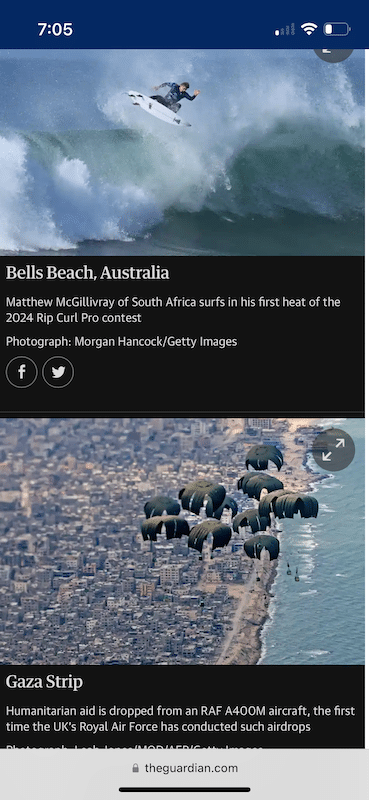An old man in an obscure surfing backwater got wings, and it ain’t Kelly Slater…
Many, many years ago, in the summer of 2017 I wrote about the Dominican Republic-based American surfer Tony Roberts who was helping the aged, but still beautiful Brad Gerlach, with his airs.
In return, Gerr, then fifty and a former rock star of surfing turned Bruce Lee of surf technique, would do what he could to finesse Tony’s turns.
So, Gerr flew to meet Tony and the pair, remember neither man accepts the usual caveats of ageing, worked hard on improving their late-game surfing.
Tony told Gerr, “Don’t boost too early.”
Gerr told Tony. Get that ass real low. “Your butt needs to go down toward the Achilles tendon,” said Gerr. “Jordy surfs so good ‘cause his ass is on the ground!”
Tony grew up as a skater/surfer and was mentored between 12 and 16 by the early air pioneer Kevin Reed.
Tony says he nailed his first real air in 1978.
“Surfers said I surfed like a skater. Skaters say I skated like a surfer,” says Tony, who moved to Central America 20 years ago. He divides his time between Costa Rica, Nicaragua, El Salvador, the Dominican Republic and Jamaica.
Tony had a little epiphany when he hit thirty. He didn’t want a part of the American Dream. Didn’t want to throw the physical world away in pursuit of the material He wanted to surf and he wanted to hit new heights of performance even as he aged.
So he went vegetarian. Got into yoga.
And surfing in warm water?
“It was like taking off the ankle weights,” he says.
In the edit, below, we find the still raven-haired surfer giving hell to relatively soft warm-water rights in the Dominican Republic.
“I make these videos to inspire myself and others about extending progressive surfing longevity,” says TR.





